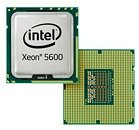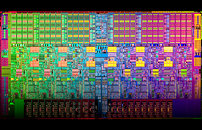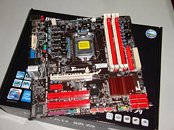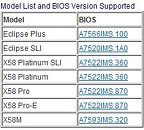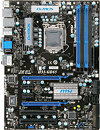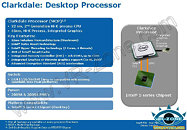
HP Expands Workstation Series to Include Desk-side, Mobile and Small Form Factor Mode
HP today unveiled workstation offerings that include the first small form factor workstation to be available in every region of the world, multicore processor updates to its Z Workstation series and a mobile workstation with DreamColor display technology.
Adding to the award-winning HP Z Workstation series, the HP Z200 SFF Workstation delivers workstation performance and reliability in a sleek, ultracompact and affordable package, and is a great choice for space-constrained environments including the health care, engineering, education, financial and original equipment manufacturer markets.
Adding to the award-winning HP Z Workstation series, the HP Z200 SFF Workstation delivers workstation performance and reliability in a sleek, ultracompact and affordable package, and is a great choice for space-constrained environments including the health care, engineering, education, financial and original equipment manufacturer markets.





